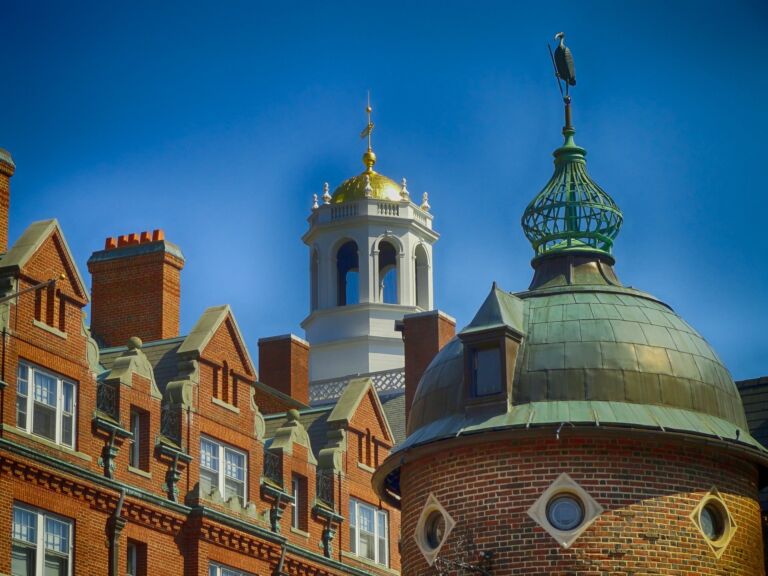The Atlanta Journal-Constitution this month has a feature on the resurgence of methamphetamine. In a nutshell: Mexican drug cartels are becoming more efficient at delivering the deadly drug into America, making it cheaper and more plentiful as politicians and law enforcement talk about how well they’ve been able to stop domestic production.
Pardon me for a second, fellows, but wasn’t the actual goal to make it harder for people to get meth? Policies to fight meth that result in cheaper and more plentiful meth can’t be considered successes in any practical sense. Especially when those policies have the side effect of subjecting millions of law-abiding citizens to unnecessary government suspicion just because they have a head cold and want an effective over-the-counter remedy instead of a placebo (phenylephrine).
Read this for a history of American bans on substances also used in the manufacture of meth and how meth producers have responded and thwarted them. I’ve long argued that government restrictions of cold medications to fight their misuse to produce meth are actually making the meth problem worse and more dangerous. Here is evidence of that process continuing:
Meth was getting cheaper and more plentiful, fast.
Back in 2005, her friends from school might’ve paid $200 for a gram. In 2015, a user could get about seven grams for that in Gwinnett, as Holcomb remembers. But she was friendly with dealers and got it even cheaper.
The cartels were shipping the drug out in liquid form, which is easier to conceal during smuggling. Think water bottles, fire extinguishers, mason jars.
The liquid goes to “conversion labs,” often run out of houses, where it’s turned into crystal. Metro Atlanta is home to most of the state’s conversion labs, says Jamie Jones, special agent in charge of the GBI’s Southeastern Regional Drug Enforcement Office in Statesboro. He says dealers from across Georgia and the Southeast get supply from these labs.
“It’s everywhere,” he says.
A few paragraph before that, however, we read:
By the 1980s, biker gangs on the West Coast were using meth after they discovered it could be made with household products, including the key ingredient ephedrine, or pseudoephedrine, which is found in many cold medicines.
In the ensuing years, labs appeared in houses and trailers and garages across America.
By 2005, news of meth’s ravages were on display in the national media. … Labs, which use volatile chemicals, seemed to be literally exploding everywhere and burning people to death. Cookers showed up at pharmacies and plunked huge amounts of cold medicine down at check-out counters. …
Congress and state lawmakers across the U.S. set out to legislate away the epidemic by making it drastically harder to buy cold medicine, especially in large quantities.
“The legislation worked,” Pak says. “It worked.”
In the next few years, the national conversation died down as the number of domestic labs plummeted. For the most part, the only American cookers left were making small batches, prosecutors recall.
If the “legislation worked, it worked,” then why is it that the drug is “everywhere” and cheaper than ever?
